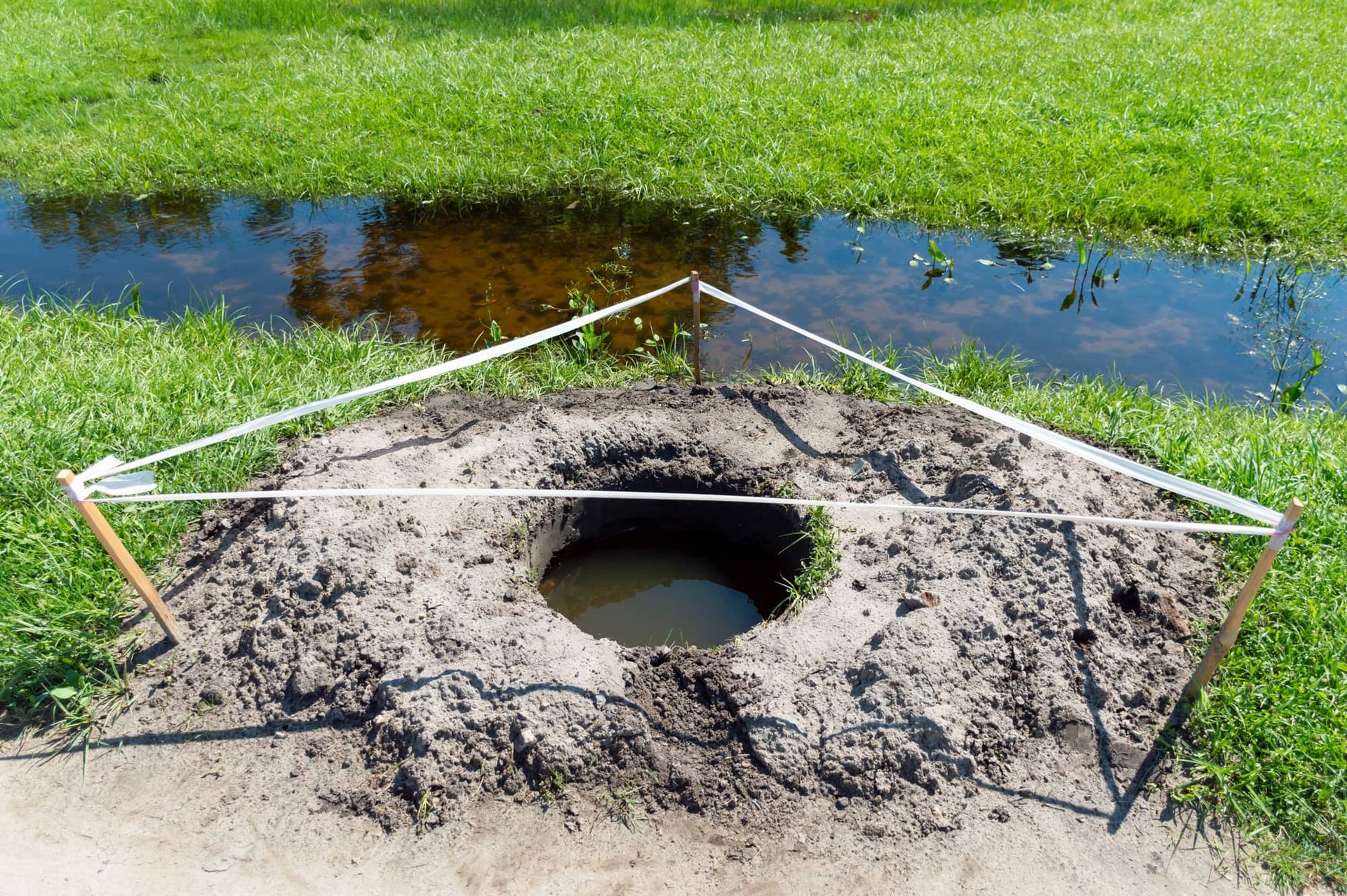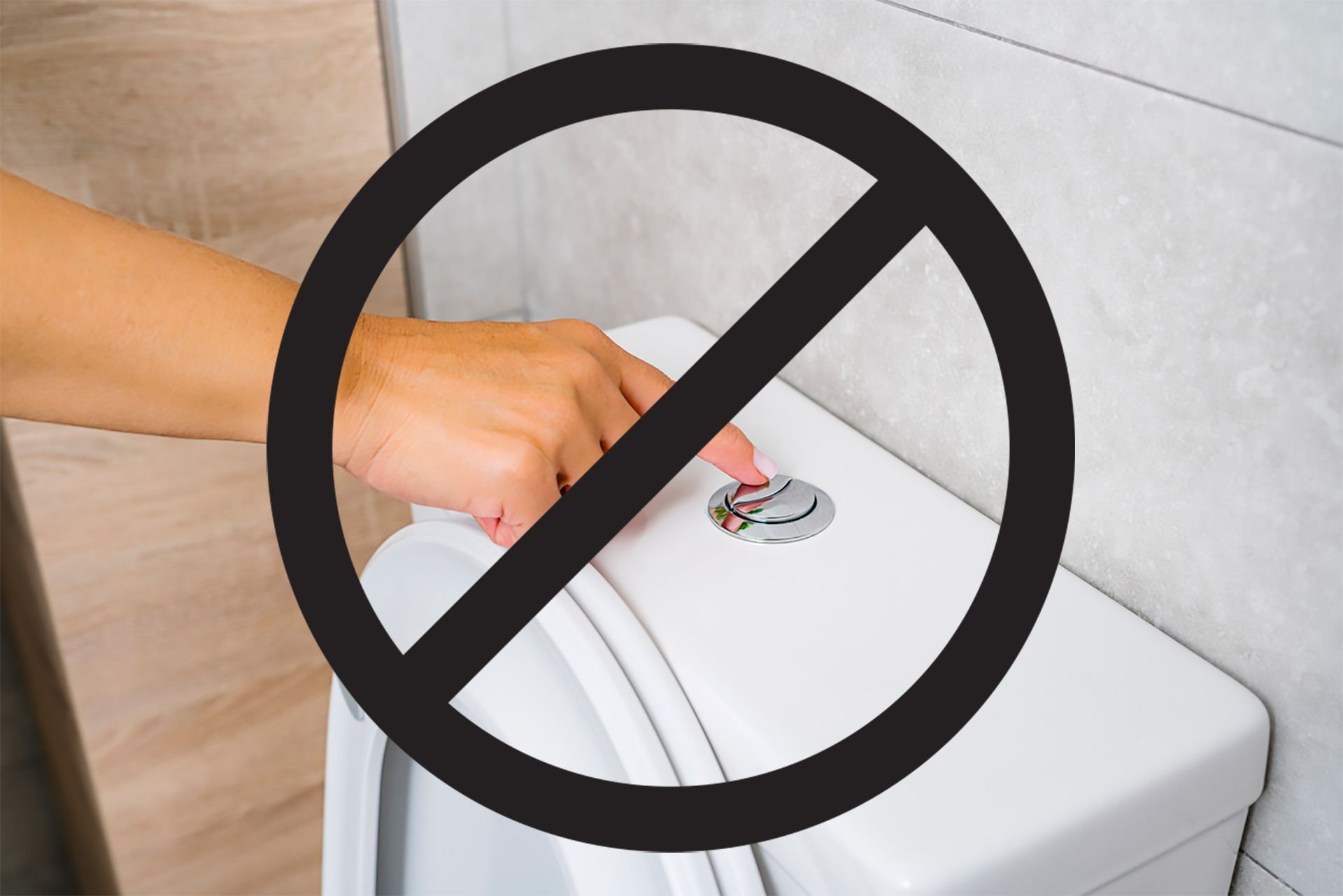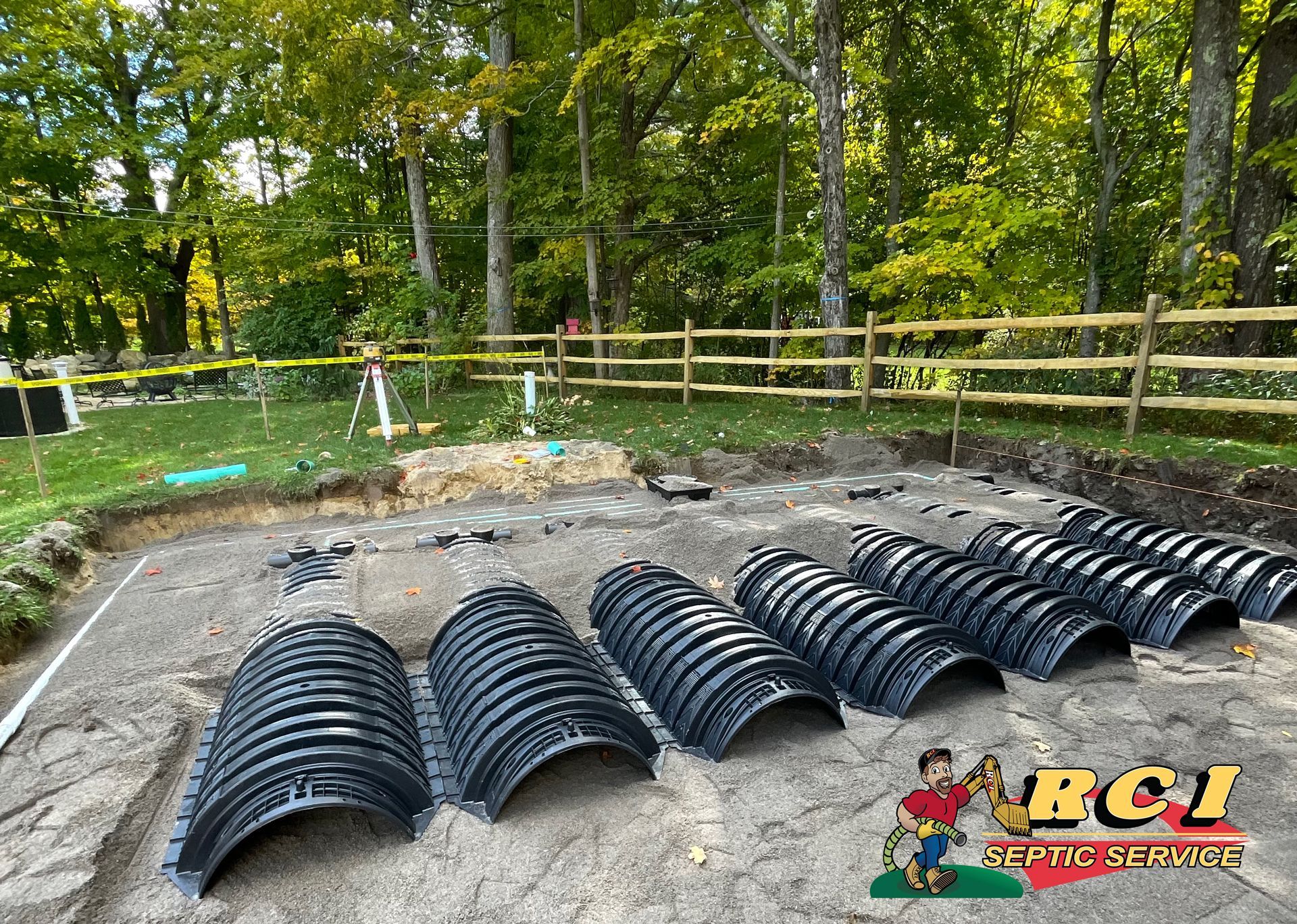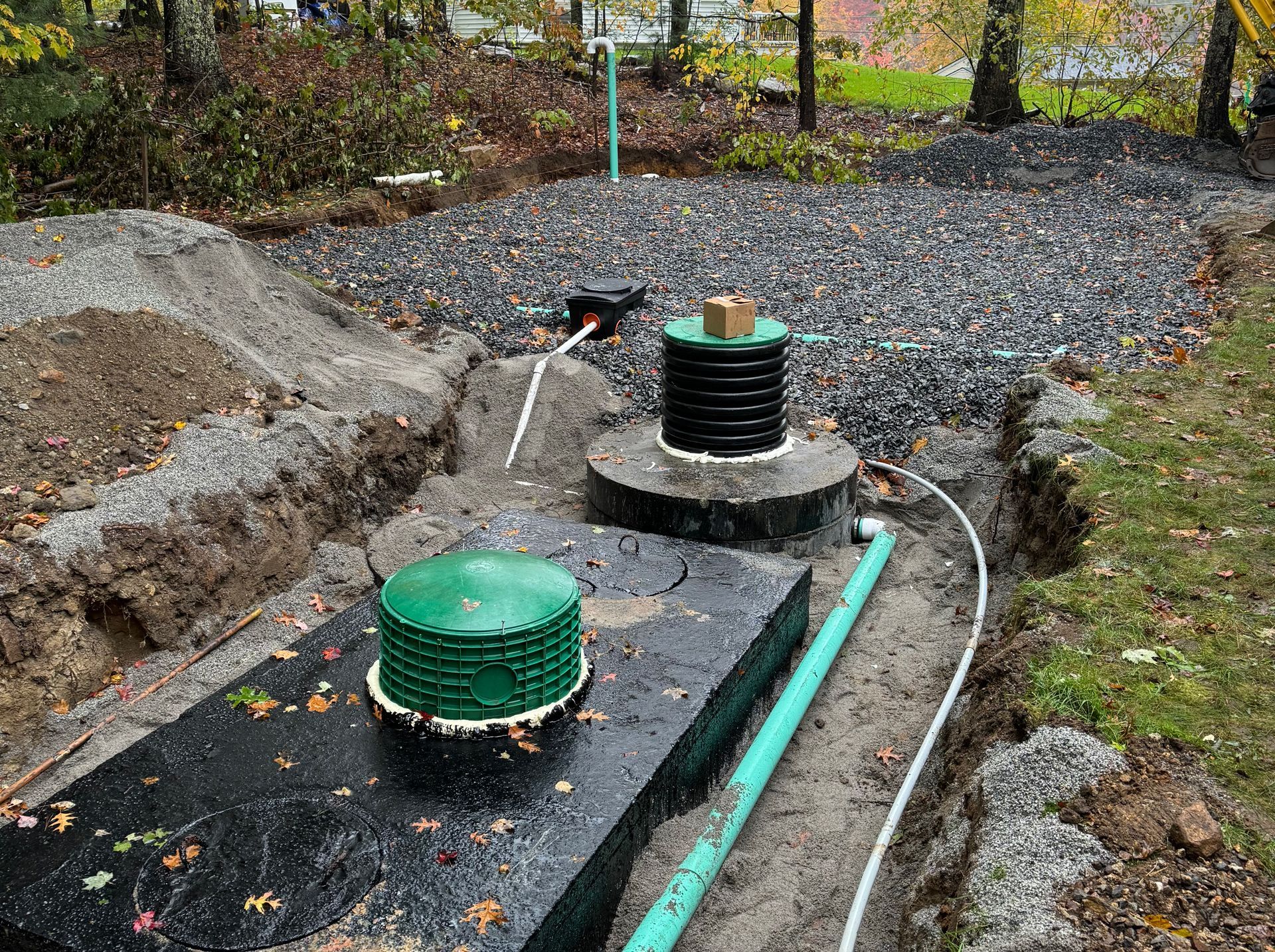How Long Does Septic Pump Last? – Lifespan & Replacement Tips
A septic pump lasts 7-10 years depending on usage and maintenance. Here we’ll cover what affects its lifespan, signs you need a replacement and how to extend its life, so you can answer: how long does septic pump last?
Quick Facts
- 7-10 years is the average lifespan of a septic pump with proper maintenance.
- Installation quality, usage frequency, and type of waste processed affect a septic pump’s life.
- Most pumps are wired into the home with an alarm attached, if your alarm sounds contact a septic professional right away.
Effluent Pump Lifespan
7-10 years is the average lifespan of a septic pump, but this can vary depending on installation quality and the type of waste processed. Maintenance can extend your pump’s life, so it’s worth the investment. Replace your effluent pump every 7-10 years for smooth operation. Home sewer effluent pumps are crucial to a healthy and efficient waste management system, and quality pumps can make a big difference.
In the end, every pump will fail at some point, and knowing when to repair or replace it is key. Most industrial pumps perform well within their expected lifespan if maintained properly. Have a professional inspect your pump to identify any impending failure if the alarm sounds indicating the pump is not operating.
Septic Pump Lifespan Factors
Several factors affect your septic pump’s longevity. These are installation quality, usage frequency and type of waste processed. Each of these can affect your pump’s life and knowing them can help you take proactive steps to extend its life.
Installation Quality
Your septic pump’s longevity depends heavily on the installation. A properly sized system installed by experienced professionals can reduce unnecessary wear and tear. Proper alignment and sealing during installation prevent external contaminants from entering and damaging the pump.
On the other hand, poorly adjusted or installed systems can cause problems such as wrong drainage basin size and clogged or incorrectly sized drain lines. These problems not only decrease your septic system’s efficiency but can also lead to premature pump failure. Have your septic pump installed by professionals to save yourself a lot of headaches and extend the life of your pump.
Usage Frequency
The frequency of your septic system’s usage also affects its lifespan. Larger households produce more wastewater and that can wear and tear the septic pump faster. The sheer volume of wastewater from a busy household can shorten the pump’s life especially if the system is not designed to handle that capacity.
Frequent use can also cause continuous cycling where the pump is always on and off. This can further strain the system and lead to more repairs or replacements. Additionally, continuous
Type of Waste Processed
Also, the type of waste including solid waste your septic system processes can also affect its lifespan. Fats, oils and grease can build up in the pump and cause clogs and reduced efficiency. Chemicals and cleaning agents can corrode the internal parts of a septic pump and shorten its life.
Don’t flush household chemicals and debris down the drain, such as:
- gasoline
- paint
- antifreeze
- pesticides
These can harm your septic system. Be mindful of what goes down your drains to maintain the efficiency and longevity of your septic pump and save yourself from costly repairs or replacements in the long run.

Septic Pump Replacement Signs
Knowing the signs of a failing sewage pump can save you from major inconveniences and costly repairs. If the pump alarm sounds, contact a septic professional right away. If your pump does not have an alarm, system back-ups could indicate the pump is not operating.
We’ll break down each of these signs you need in detail to help you.
Frequent Clogs and Backups
Frequent clogs and backups are clear signs your septic pump is on its last leg. If you notice slow water flow or slow toilet flushes, these symptoms might be partial clogs in the septic system. Gurgling sounds from the pipes can also be a red flag that your system is backed up or failing.
Severe or persistent problems like continuous clogging and backups mean repair or replacement may be needed early. Don’t wait until it gets worse and raw sewage enters your home. Diagnosing and fixing these jammed issues early can save you from health hazards and costly damages.
Continuous Cycling
Continuous cycling of your septic pump is another sign of trouble. If the float switch is bypassed for long periods with direct power, the pump’s motor will run nonstop and burn out faster than it should. This can lead to frequent failures and a new pump.
Bypassing the float switch might seem like a quick fix, but it is not a long-term solution. Continuous cycling might be a faulty float or sensor which is cheaper to replace. But if left unaddressed, a continuous power supply can damage the pump’s motor, and replacement is inevitable. Make sure the float switch and other parts are working to avoid these issues.
Maintenance Tips to Prolong Septic Pump Life
Regular maintenance is the key to extending septic pump life. Simple habits like regular inspections, not flushing non-flushable items and annual professional servicing can make a big difference.
We’ll go into detail about these tips.
Regular Inspections
Regular inspections are crucial to your septic system’s health. Household septic systems should be inspected by a professional at least every 3 years and more often for systems with mechanical parts.
During inspections, professionals will check for leaks and look at the scum and sludge layers in the septic tank. Catching issues early through regular inspections can prevent system failures and prolong septic pump life. We visually inspect your septic tank and system at each tank cleaning/pumping.

Don’t Flush Non-Flushable Items
Flushing non-biodegradable items can strain your septic pump and shorten its life. Items like baby wipes, paper towels, and feminine products should never be flushed down the toilet. These items can cause clogs and damage to the septic system and lead to costly repairs.
Flushing chemicals and harsh cleaners can also kill beneficial bacteria in the septic system and cause failures and system failure. Proper disposal of waste helps maintain septic pump efficiency and longevity.
Repair vs. Replace Septic Pump
Whether to repair or replace your septic pump depends on several factors like cost, age, and pump condition.
Cost
Repairing a septic pump is less expensive upfront than replacing it. We will repair a pump when able, for example the float or wiring may need repair. Replacement is a high cost but may be necessary if the pump is unable to be repaired.
Age and Condition
The age and condition of your septic pump are key in deciding whether to repair or replace it. If your septic pump is more than 10 years old or requires frequent repairs, it’s time to replace your effluent pump.
Keep records of services performed on the septic system to track its condition and needed repairs including sewage pump repair services. An old, worn-out pump can put your property at risk, so replacing it is the safer option. Being able to get pump help in time can prevent further damage to your septic system.
Conclusion
To keep your septic system running smoothly, knowing your septic pump lifespan and signs of failure is key. Regular maintenance, professional inspections and avoiding non-flushable items can extend your pump’s life. When in doubt, call RCI Septic Service.
Whether you repair or replace your septic pump, making a informed decision based on cost, age and condition will save you time, money and stress in the long run. Be proactive and your septic system will thank you.
Frequently Asked Questions
How long do septic lift pumps last?
Septic lift pumps typically last between 15 and 20 years, and with proper maintenance, they can function well for 20 years and beyond.
How often should I inspect my septic pump?
You should inspect your septic pump at least every three years and more often if it has mechanical components. Regular inspections help ensure your system operates properly and avoid potential issues.
What are the signs that my septic pump needs replacement?
If you're experiencing frequent clogs and backups or your alarm keeps going off, it's likely that your septic pump needs replacement. Keep an eye out for these signs!
How much does it cost to repair a septic pump?
Cost is evaluated based on the type of pump in your septic tank.
Can I extend the life of my septic pump?
Yes, regular maintenance and avoiding non-flushable items can help extend your pump's life. Taking these steps will help keep your septic pump running smoothly for longer.


